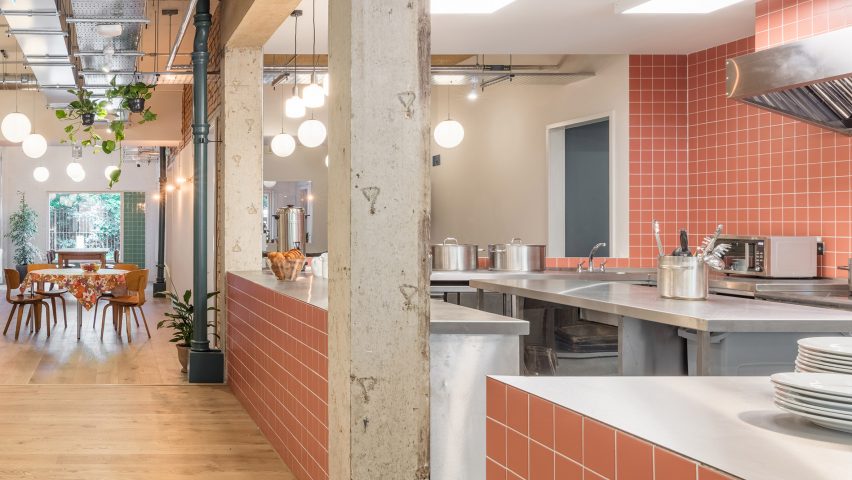
Holland Harvey Architects transforms disused London supermarket into homeless shelter
Warm and tactile materials help create a domestic feel inside this north London homeless shelter, which Holland Harvey Architects has created inside a former supermarket.
Shelter from the Storm is located in Islington, north London and provides 42 beds for the homeless, as well as freshly cooked meals and rehabilitative support.
The shelter – which takes over a disused supermarket – has been designed by Holland Harvey Architects with interiors that evoke "sensitivity, domesticity and warmth".
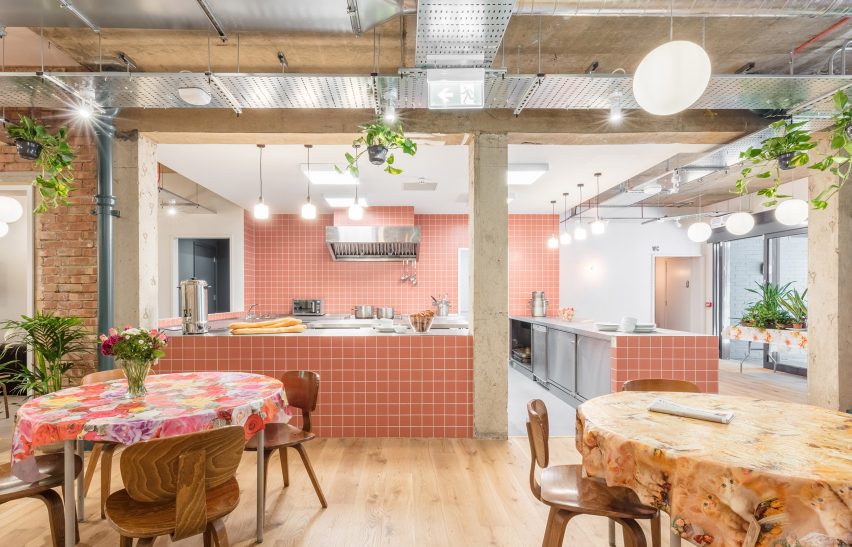
"The homeless sector was unchartered territory for us, so we worked closely with the charity to understand the sensitivities of the guests and intricacies of the charity's operational requirements," the practice told Dezeen.
"We were shocked to learn that at any one time, up to a third of the guests are in full-time employment – the guests are ordinary people who want to feel welcome and safe," it continued.
"Every design decision aimed to make the shelter welcoming and familiar whilst allowing for privacy and a sense of ownership wherever possible."
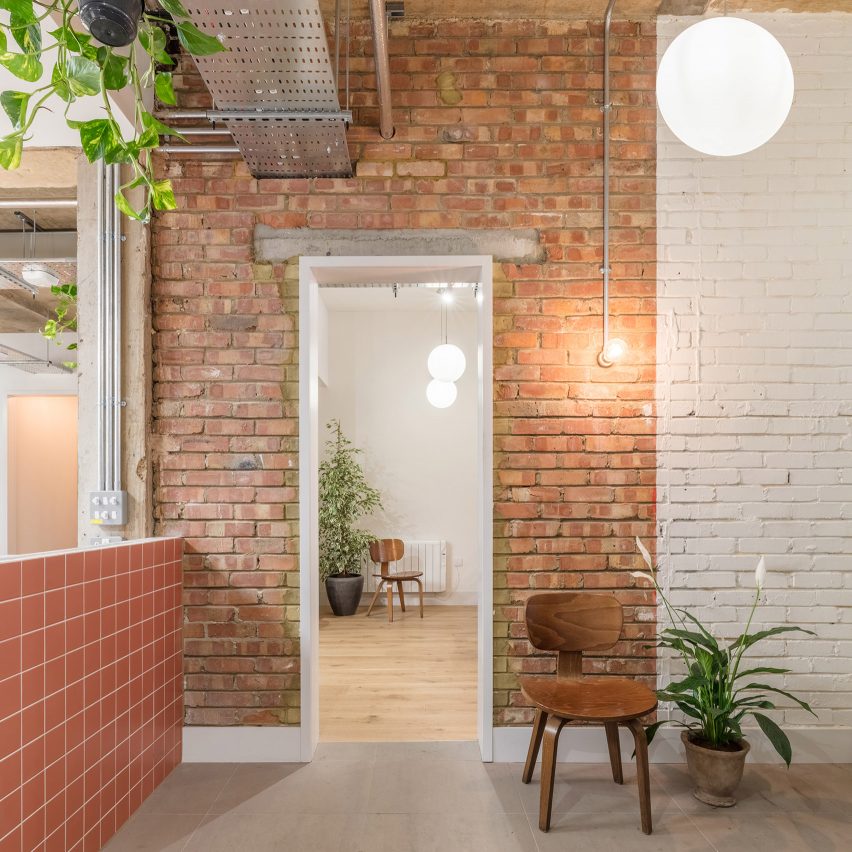
Terracotta-coloured tiles have been used to clad a handful of walls and chunky prep counters in the shelter's kitchen and dining room, offering a warm contrast to the building's exposed concrete shell.
Wooden chairs surround each of the tables, which are dressed with kitsch patterned tablecloths. Spherical pendant lamps and potted plants have also been dotted around as decor.
Timber floorboards run throughout the room: "It was important that the shelter didn't feel institutional so we carefully selected materials that were domestic yet robust," added the practice.
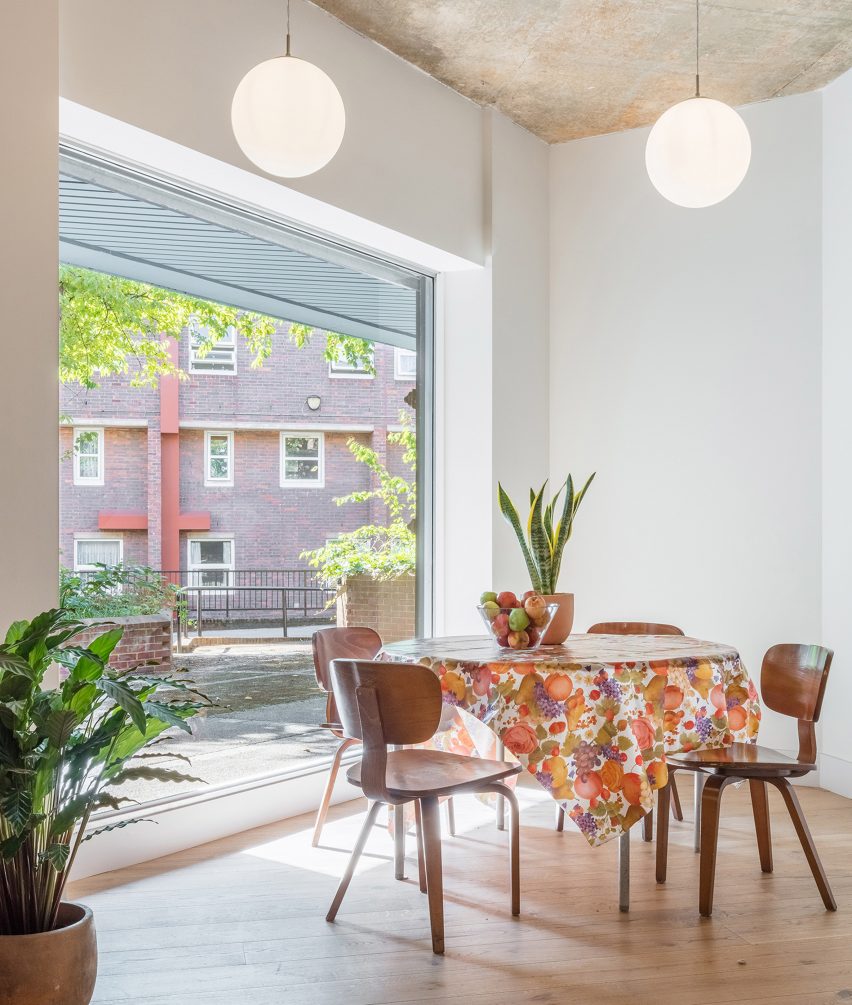
During the day this room doubles-up as a cafe for local residents, in a bid to encourage open channels of discussion between the general public and society's vulnerable.
To further enhance "the idea of transparency", the practice has inserted a series of expansive windows in the building's front facade that allows inhabitants to look out and passersby on the street to glimpse into the cafe area.
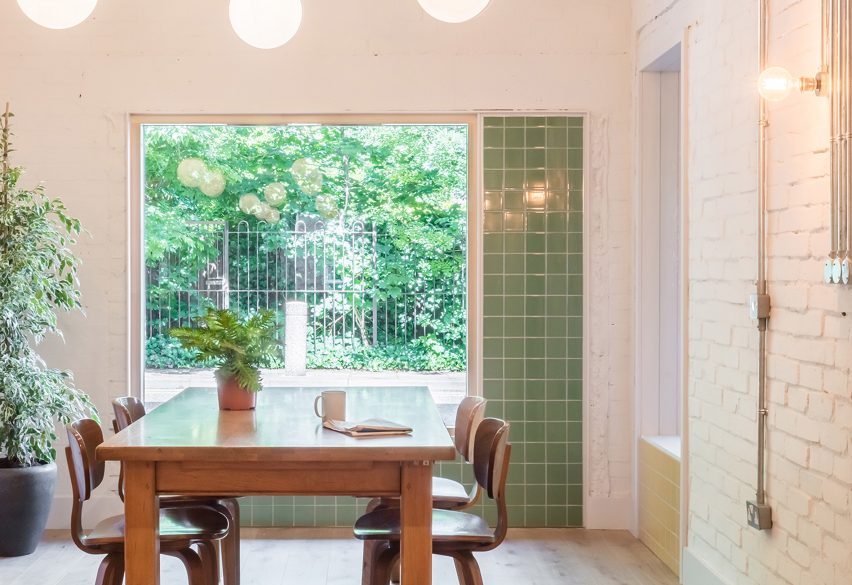
Sea-green paint has then been applied across fixtures in the bedrooms and bathrooms, offset by white-tile surfaces.
There is also a small side room at the building's entrance where visitors can escape to should they need a moment of recovery before entering the shelter proper.
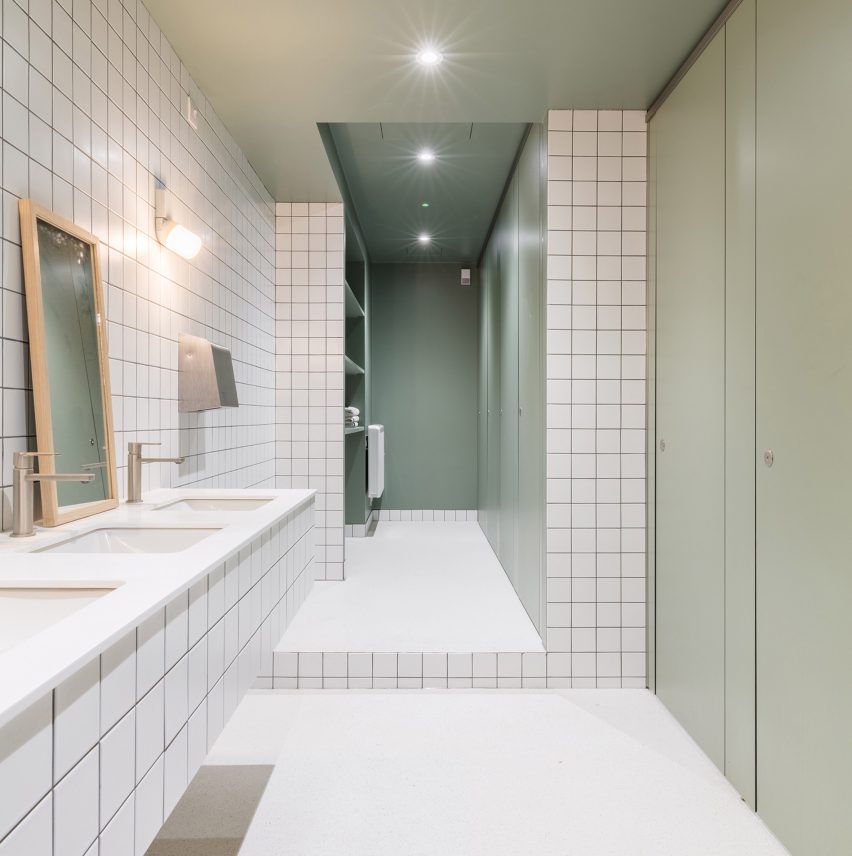
Harvey Holland Architects says that the architectural community are in the prime position to seek out solutions to London's current homelessness crisis.
"Architects are exposed to an entire cross-section of society and are therefore uniquely positioned to identify and facilitate opportunities for social good," the practice explained.
"We are trained to notice things that are often unseen, suggest innovative ideas for improvement and are often best placed to encourage partnerships with those who have the resources to make a meaningful difference for society's most vulnerable."
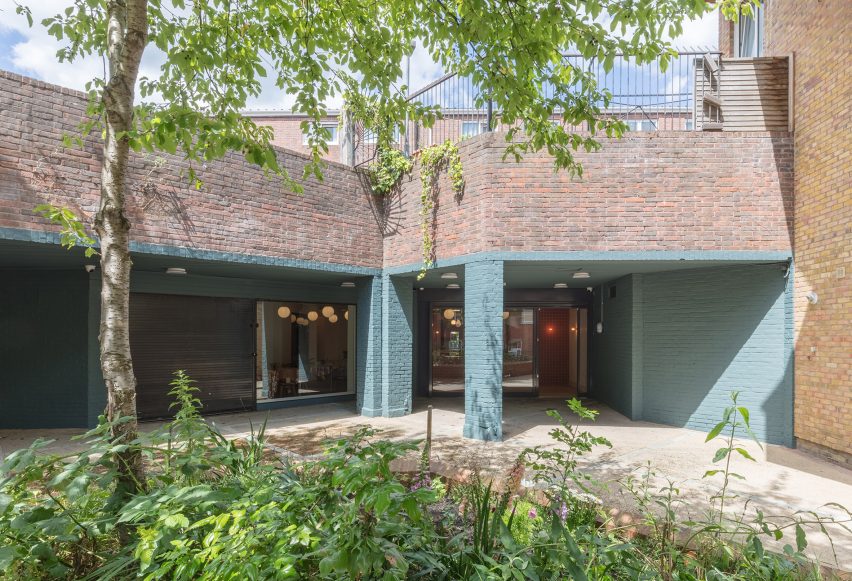
At the start of this year, Morris + Company proposed converting a tube station into a hostel, where the homeless could live alongside groups of young professionals who are trying to get their bearings on city life.
Reed Watts also developed modular wooden pods that provide temporary accommodation to people who would otherwise have to sleep on the streets.
Photography is by Nicholas Worley.